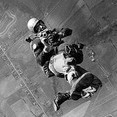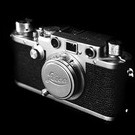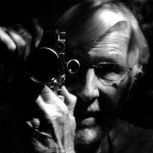Why looks M8 pics less digital than competitors?
-
Recently Browsing 0 members
- No registered users viewing this page.
-
Similar Content
-
- 25 replies
- 1,538 views
-
Why Leica Looks? 1 2 3 4
By mrkennethtong,
- 72 replies
- 5,449 views
-
- 4 replies
- 506 views
-
- 16 replies
- 568 views
-
- 0 replies
- 203 views
-





Recommended Posts
Join the conversation
You can post now and register later. If you have an account, sign in now to post with your account.
Note: Your post will require moderator approval before it will be visible.